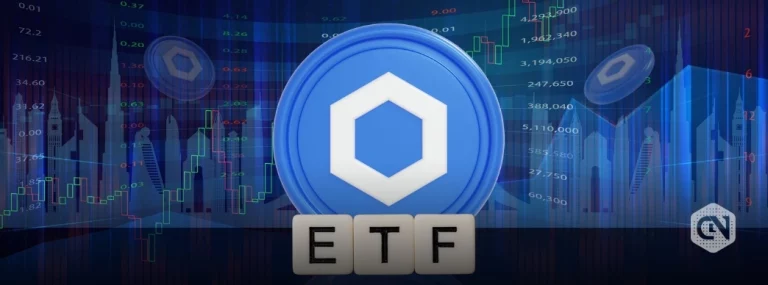
Smart Homes and Smart Living: The Technological Transformation of European Homes by 2025
Smart Homes and Smart Living are revolutionizing the way we live, and European homes are at the forefront of this technological transformation. By 2025, European homes will be equipped with the latest smart technology, making life easier, more convenient, and sustainable. In this article, we will explore the future of European homes and the impact of smart homes and smart living on our daily lives.
Introduction to Smart Homes and Smart Living
Smart homes and smart living refer to the integration of technology and automation in our homes to make our lives more comfortable, convenient, and sustainable. With the use of internet-connected devices, sensors, and artificial intelligence, smart homes can learn our habits and preferences, and adjust lighting, temperature, security, and entertainment systems accordingly. Smart living takes it a step further by incorporating smart homes into a larger ecosystem of connected devices and services, enabling seamless interactions between our homes, cars, and cities.
The Technological Transformation of European Homes
European homes are undergoing a significant technological transformation, driven by advances in fields like artificial intelligence, Internet of Things (IoT), and energy efficiency. By 2025, European homes will be equipped with smart thermostats, smart lighting, and smart security systems, making our lives more convenient and sustainable. For instance, smart thermostats can learn our daily routines and adjust the temperature accordingly, reducing energy consumption and saving us money. Smart lighting systems can be controlled remotely, and smart security systems can detect intruders and alert us in real-time.
Benefits of Smart Homes and Smart Living
The benefits of smart homes and smart living are numerous. Firstly, they make our lives more convenient, with automated systems and voice-controlled devices making it easy to control our homes. Secondly, they improve our safety and security, with smart security systems and sensors detecting potential threats and alerting us in real-time. Thirdly, they reduce our energy consumption and carbon footprint, with smart thermostats and lighting systems optimizing energy usage. Finally, they increase our property value, with smart homes becoming a desirable feature for homebuyers.
Conclusion
In conclusion, the future of European homes is smart, with smart homes and smart living revolutionizing the way we live. By 2025, European homes will be transformed with the latest technology, making life easier, more convenient, and sustainable. As we embracing this technological transformation, we must also consider the potential challenges and risks, such as data privacy and cybersecurity. Nevertheless, the benefits of smart homes and smart living far outweigh the risks, and we can expect a brighter, more sustainable future for European homes.






